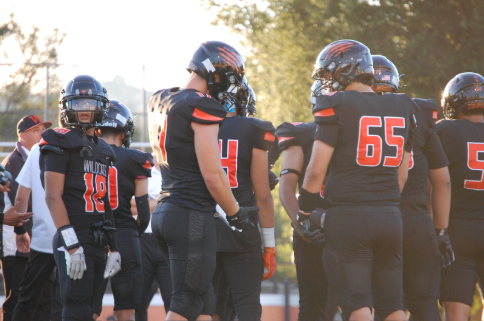Recently, Woodside’s track team has been undergoing another pandemic: shin splints.
“Shin splints are pains that you get in your shins when you’re running without proper stretching or etiquette,” cross country and track runner, Adrian Wilson said.
Students get shin splints from running too much in a short amount of time. Too much running can result in shin splints and the district nurse agrees.
“Shin splints are a result of overuse or overworked muscles and tendons, which then results in pain,” the district nurse Kristin Coronado said. “It involves the front of your lower leg, which is your shin and that large bone right there.”
Shin splints grow when not treated and can result in a fracture.
“I would say that it could potentially lead to a fracture because, just like anything with overuse; it weakens the muscles and the tendons,” Coronado said.
Soccer players also deal with this problem.
“I play soccer, and I got shin splints because I had not been running for a while,” varsity soccer player Yanick Odenwald said.“Then I started up again, and it just kind of messed up my shins so much.”
Many coaches have different ways to treat shin splints.
“[My coach] told me to freeze a dixie cup and then rub it on my shins for five minutes; I did that every day after practice,” Odenwald said. “The dixie cup method was definitely the go to method because it cleared up within a day. It reduces all the inflammation.”
Besides the dixie cup method, students have other methods.
“We just cope with it,” Wilson said. “We take some Advil, take rest, and run slower. I am also wearing shin compression sleeves that compress my calf to my shin. They reduce pain when I run.”
The school nurse recommends many of the same methods.
“My recommendation is pain relievers such as Tylenol or Ibuprofen, rest, and icing,” Coronado stated.









